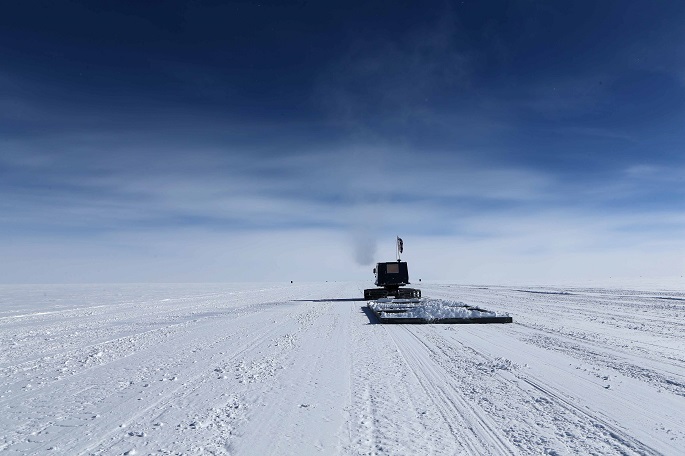New model developed on Antarctica's effect on sea level rise in coming centuries
Published : 27 Apr 2019, 23:17
Scientists at the U.S. National Aeronautics and Space Administration (NASA) have developed a new model to understand what Antarctica's ice sheet and the future sea level rise will look like centuries from now.
"Unlike most current models, we included solid Earth processes such as the elastic rebound of the bedrock under the ice, and the impact of changes in sea level very close to the ice sheet," said Eric Larour, a scientist from NASA's Jet Propulsion Laboratory (JPL) and the first author of the study published on Thursday in Science.
"We also examined these models at a much higher resolution than is typically used. We zoomed in on areas of bedrock that were about one kilometer instead of the usual 20 kilometers," he added.
According to the study, scientists found that around the year 2250, some of these solid Earth processes will have started to offset the melting of the ice sheet and the consequent sea level rise. In other words, they actually slowed the melting down.
The team noted that a hundred years even further into the future -- by 2350 -- this slowdown means that the melting of the ice sheet is likely to contribute 29 percent less to global sea level rise than previous models indicated.
"One of the main things we learned was that as grounded ice retreats inland, the bedrock under it lifts up elastically," said Erik Ivins, a co-author of the study. "It's similar to how a sofa cushion decompresses when you remove your weight from it. This process slows down the retreat of the ice sheet and ultimately the amount of melting."
According to the team, the breakthrough of this study was to reach resolutions high enough to capture as many of these "speed bumps" as possible and determine their effects in Antarctica while also modeling sea level rise over the entire planet.
Antarctica's melting ice sheet is currently responsible for 20 to 25 percent of global sea level rise.


